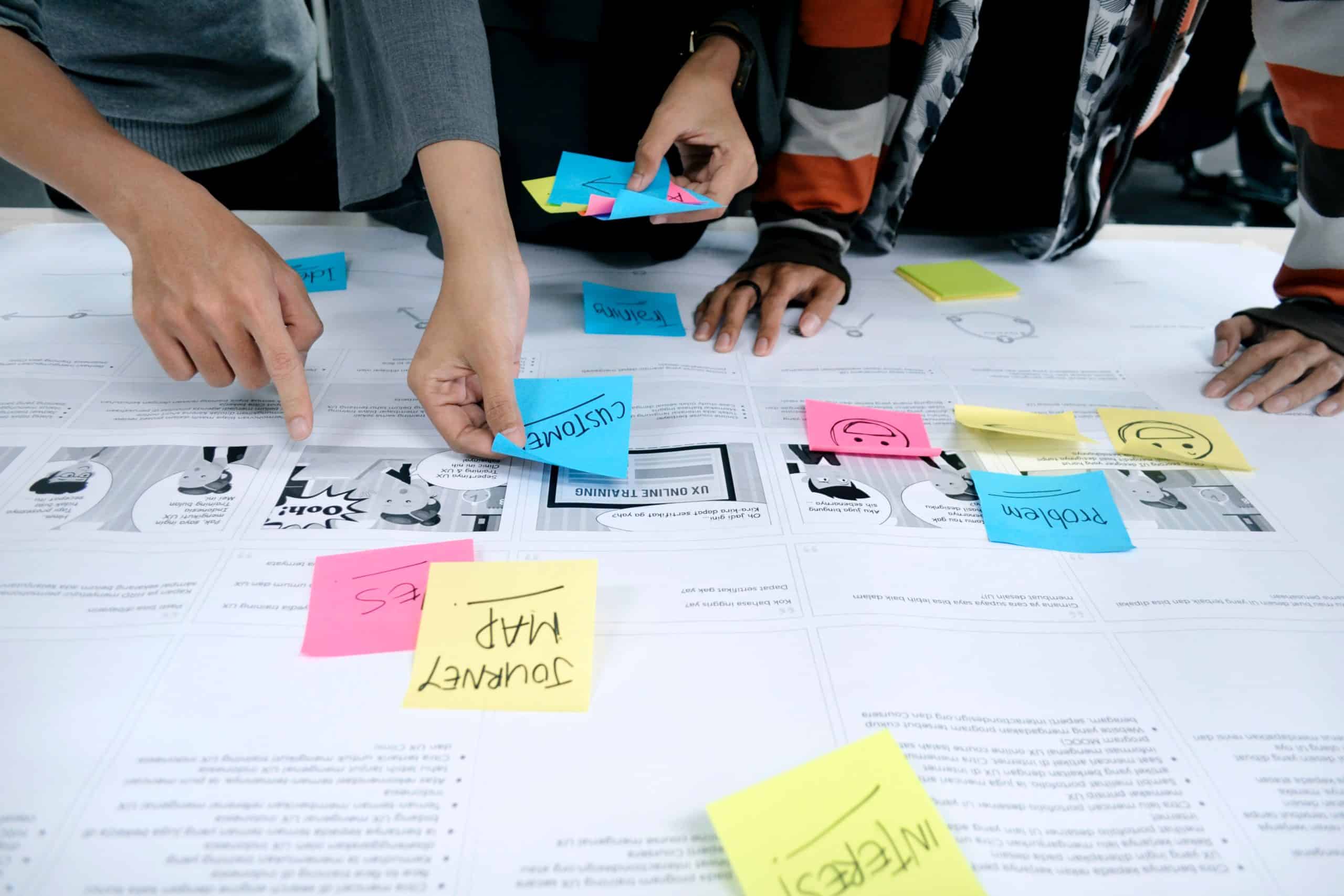The year that has just ended has deeply changed our purchasing behaviors. This could be the opportunity for brands to rethink Customer Experience replacing it at the heart of their strategies.
We are at a challenging turning point, as individuals and collectively, affected by an unprecedented health, economic and social crisis.
This crisis has triggered, in all these three aspects, changes that impact our behavior, our working habits and the way we interact with each other.
Depending on how the situation evolves in time, some of these changes will even be permanent and systematic.
In other words, they will become part of what we now consider as the “New Normal.”
How do we get companies to gear up and embrace these changes and what can they do to turn them into opportunities to grow stronger? What kind of investments or initiatives will help maximize their profits?
When a customer experiences that emotional connection with a brand, it has an undeniable direct effect on the amount they are ready to spend for a product or service.
According to the Harvard Business Review, customers who had the best experience were shown to spend 140% more than those who had a bad or less great exeprience.
A customer who is emotionally connected to a brand comes back for more, is less sensitive to price, pays more attention to messages, follows the brand’s advice and/or recommendations because they trust the brand, going as far at times to becoming brand advocates to attract new customers.
To generate that emotional connection with a brand, creating that added value that sets the brand apart from the rest, the customer needs to be at the center of the business dynamic and be the focus of the Customer-Centric strategy of the organization.
This strategy spans across all the departments of a company (Innovation, Marketing, Sales, Finance, Customer Service, etc.) factoring in the needs and expectations of its top customers.
How Do You Capture Customers in this “New Normal” Environment?
While we my be at a pivotal moment of this “New Normal” it may be worthwhile to stand back for a second and appreciate if whatever changes planned in the workplace really reflect the changes to come in the coming months.
This is where the e-Customer Journey concept kicks in (online Customer Journey).
The e-Customer Journey is a perfect fit for this “New Normal” as it focuses mainly on digitalization.
Let’s check out the steps that lead to digitalization:
- Modeling the Buyer Persona.
A Persona is a fictional customer created to represent a company’s ideal customer.
As a general rule, a company should have 3 to 5 personas, not more.
Each persona should have a name, a demographic profile, and information relating to his preferences, fustrations, etc.
A persona represents a customer segment and working indirectly with that Persona means you are indirectly referring to the market segment it relates to.
Of course, modeling the journey of such a persona becomes irrelevant if appreciated outside its market segment.
- Reviewing the Persona List.
This list may change in time depending on certain situations. For instance, several senior citizens had never purchased online but with the lockdowns they ended up doing so.
Now, they do their shopping both in brick-and-mortar stores and online.
That means there is now a hybrid shopping model.
It’s also important to check if there are new groups of customers that crop up and therefore you need to review the current journeys or create new ones so as to retain them.
- Unifying the Brand Image Across All Channels.
Proximity, empathy, bonding with customers and agility in changing situations are essential strategic considerations.
All efforts should be focused on communication and messages.
Your goal: making sure that the Customer Experience is identical at all touchpoints of the business, be it when shopping in-person or online.
- Checking the Digital Touchpoints.
The term « digital » does not only refer to the online world, but also to any place where digital technology is implemented.
In a store, it’s possible to use social distancing and mask detection applications, payment applications, etc.
- Listening to Customers
More than ever, listening to what customers have to say, whether good or bad, no matter the channel used, is essential.
That way you are immediately in touch with the difficulties and issues that customers experience.
Being in touch with your customers and understanding their issues help you anticipate and take action in a timely manner to better meet their needs and expectations.
- When Agility Leads to New Opportunities
Because the ultimate goal of the e-Customer Journey is to improve and optimize the Customer Experience, having flexible and agile platforms is “a must.”
Developing an e-Customer Journey implies having a relevant Customer Experience strategy.
Working strictly on a technology roadmap devoid of a clear strategy is a big mistake. Why collect tons of data related to customer feedback if we don’t know how to turn that data into insights?
As Steve Jobs said, “You’ve got to start with the customer experience and work backward to the technology. You can’t start with the technology and try to figure out where you’re going to sell it.”
Article initially published in Comarketing-news.fr






